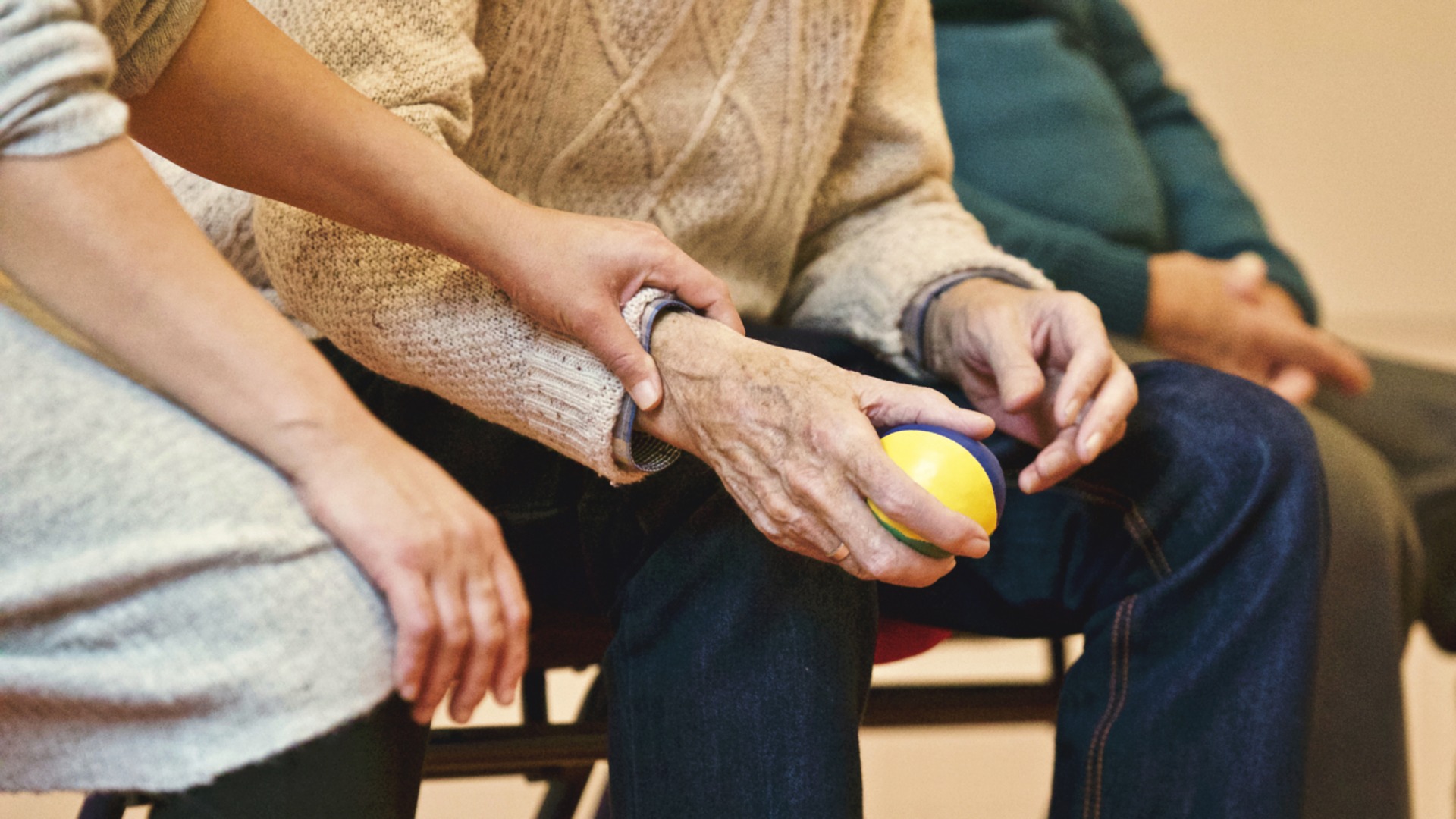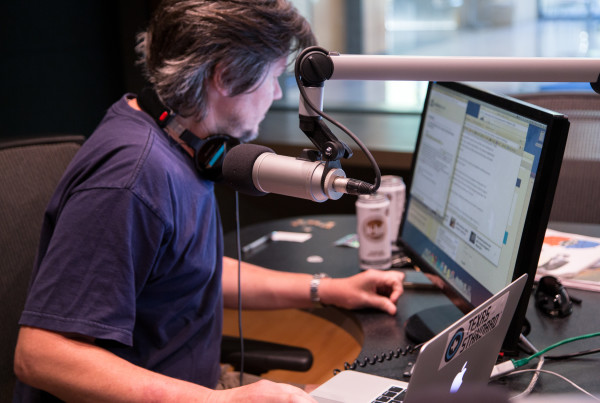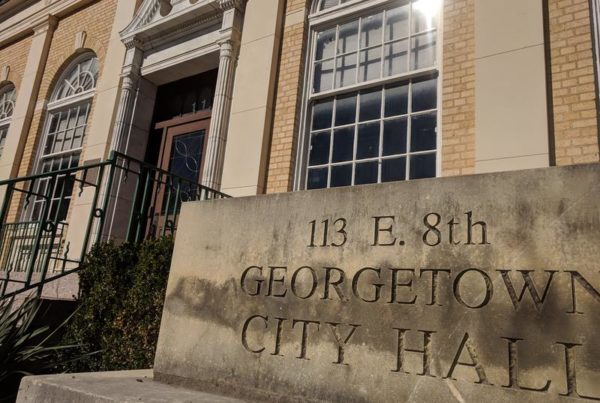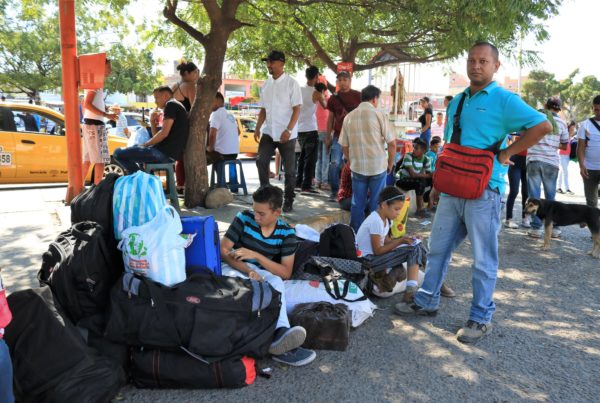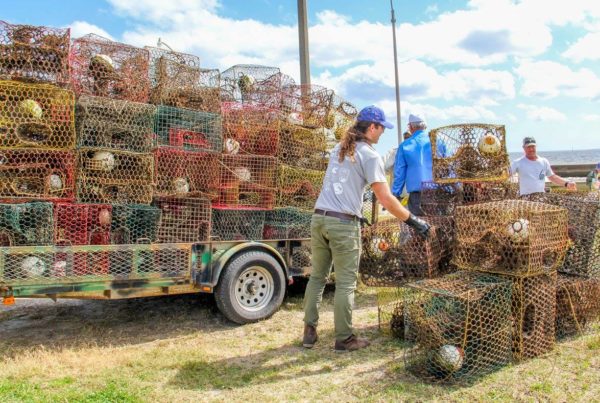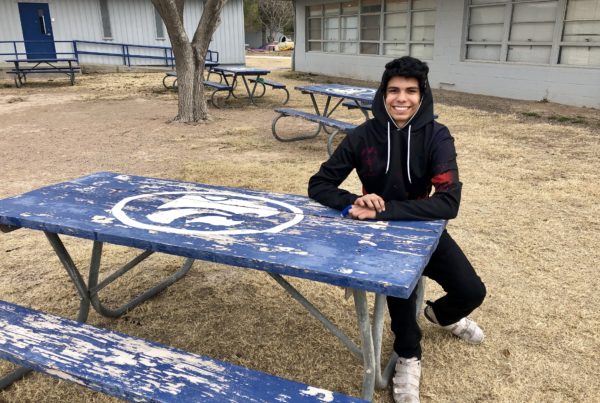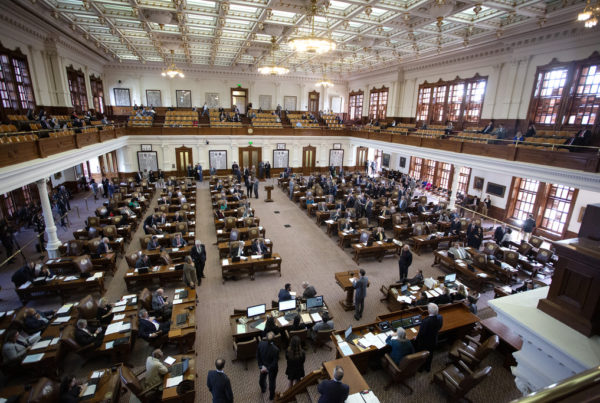The so-called silver tsunami – the idea that as America’s Baby Boomer generation ages, the country will change dramatically as a result – will likely affect our economy as well as our health care system, and other things. So what’s being done to prepare for it?
The University of Texas at Austin recently announced the opening of the Texas Aging and Longevity Center. Debra Umberson is one its co-directors, and she says the new center is part of broader study being done at UT’s Population Research Center, which has been around since the 1960s. It’s one of about twenty other centers nationwide that are funded by the National Institutes of Health, and it studies population patterns including aging and mortality.
“It’s very interdisciplinary, so we have people from lots of different departments and colleges around campus who study population issues, and one of those issues is aging,” Umberson says.
Umberson says it’s taken awhile for all of these departments to come together on aging research because of the “silos” in academia.
“The engineers talk to engineers, and the demographers talk to demographers,” Umberson says.
But she says UT psychologist Karen Fingerman has led the effort in recent years to bring researchers in these various disciplines together, as well as the effort to better understand what people in the community need.
Umberson says the goal of the new center is to come up with better research ideas as a result of bringing together experts from various academic disciplines. For example, she, as a psychologist, says she now has the opportunity to explain to an engineer why a proposed idea would or wouldn’t work from a psychological standpoint. But she also says the goal is to partner with people in the community. That means the center will ask aging people what they need.
She says she wants the center to find ways to help people age in a healthier, happier way. She says Austin, where the center is located, is setting a good example of how to do this.
“Austin is actually doing a pretty good job as a city to bring together partners who care about housing for the elderly, reducing social isolation for the elderly, addressing disparities in the population because some groups are disadvantaged in terms of how quickly they age,” Umberson says.
Statewide, Umberson says there’s much to learn from the different ways rural and urban areas support their elderly residents. She says urban areas have an easier time pulling together resources for new programs, but smaller communities have the advantage of more intimate community groups.
“Smaller communities have … more individual connections and churches and things like that,” Umberson says. “So, if we can share knowledge across these communities, we can share the information about what will best support the elderly.”
Consequences of aging like loss of cognitive skills or dementia, isolation and dependence on others for caretaking are all things Umberson says she hopes the center can help make better for elderly people.
“So that people don’t have to worry as much,” she says. “Our end goal is to help communities by helping people.”
Written by Caroline Covington.
Support for Texas Standard’s ”Spotlight on Health” project is provided by St. David’s Foundation.


